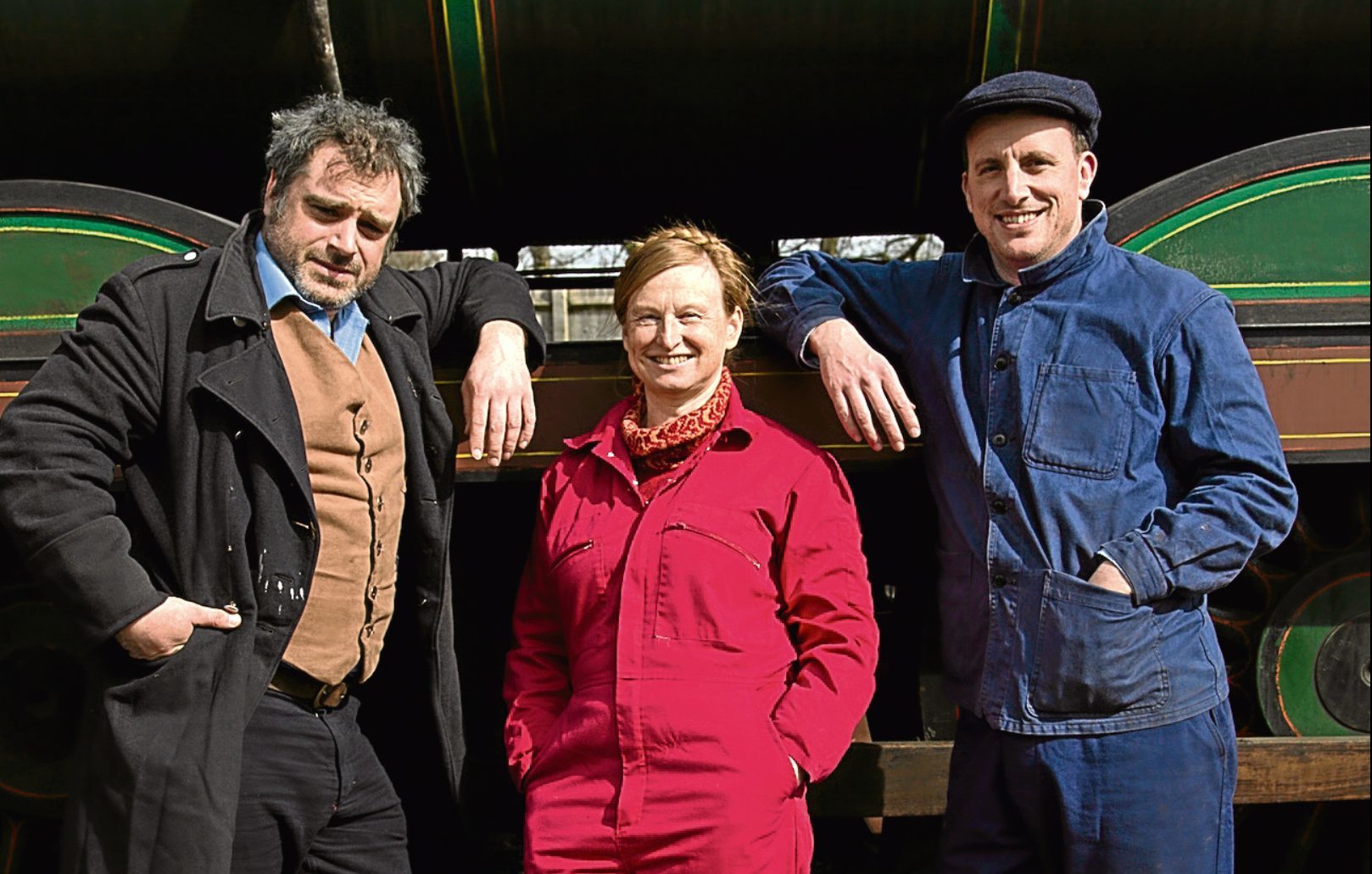
UNTIL the Victorians built the railways, the time was different in every part of Britain.
Time was set by local sundials, so Barrow was 13 minutes behind London, Western Wales 20 minutes later, and even Oxford lagged three minutes after the capital.
But that was brushed aside by the railways’ need for uniform timetables.
“It was even called Railway Time,” says Peter Ginn, one of the presenters of the BBC documentary Full Steam Ahead that told the story of how the railways “created modern Britain”.
“It was championed by the Great Western Railway and quickly adopted across the country.
“And with the railways system came the telegraph network, which is akin to the introduction of the internet today, with information moving at the speed of light.”
The series was presented by the same team as the Edwardian, Victorian and Wartime Farm shows, Ruth Goodman, Peter and his university pal Alex Langlands.
And Peter says: “Unlike the previous series which have always been based in one location, this gave us the chance to explore the British Isles.
“The fact there are close to 200 preserved railways shows how important the railways were to Britain.
“What surprised me the most was just how much the terrain must have changed and how much the railways influenced our lives, almost homogenising them with Railway Time.
“They became so much part of our lives and facilitated this mass industrialisation and movement of ideas that ultimately changed who we were, what we were doing and what we’ve become — what we think of as society was borne out of those pioneers building the railways.
“But it’s interesting, because I’ve always looked at the railways through the locomotives and the rolling stock, but never really considered the permanent way it changed people’s lives and just how huge that engineering project was.
“It was the railways that gave us a national network and suddenly linked the powerhouses of Edinburgh and London, bringing together an entire country.
“But I didn’t realise how dangerous these things were,” adds Peter.
“You had a similar chance of surviving in the military in the Second World War as you did working on the railways in the late Victorian era.”
Peter is actually an Egyptian archaeologist by training, but reveals: “I did have the childhood dream of being an engine driver, but it was scotched.
“I was born about 10 years after steam disappeared, but my family, especially my mother’s side who were all from Glasgow, loved steam trains.
“But my Uncle Benny said there was no point wanting to drive trains once steam had gone so I ended up on a different career path!”
Full Steam Ahead — Victorian Railways is available now on DVD from RLJ Entertainment’s Acorn label
READ MORE
Full Steam Ahead: Railways leave digital revolution far behind
New book explores the bizarre stories of the Victorian era, including the Dog-Faced Man

Enjoy the convenience of having The Sunday Post delivered as a digital ePaper straight to your smartphone, tablet or computer.
Subscribe for only £5.49 a month and enjoy all the benefits of the printed paper as a digital replica.
Subscribe